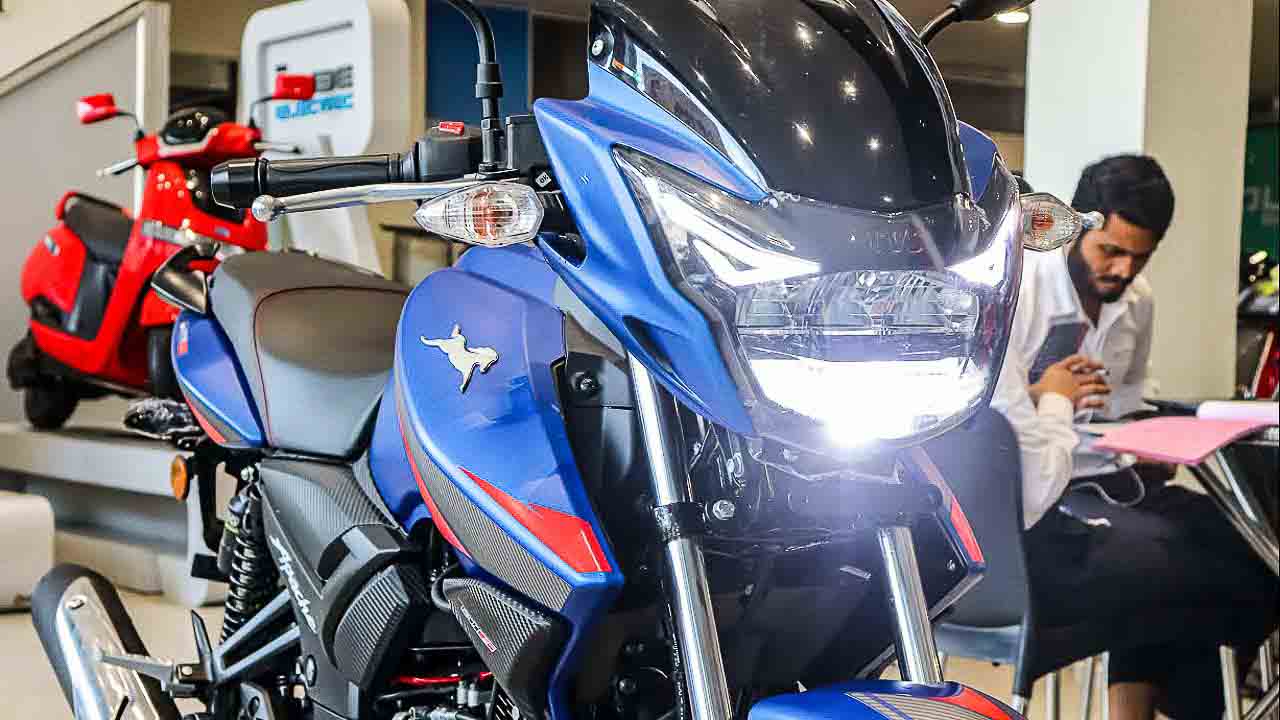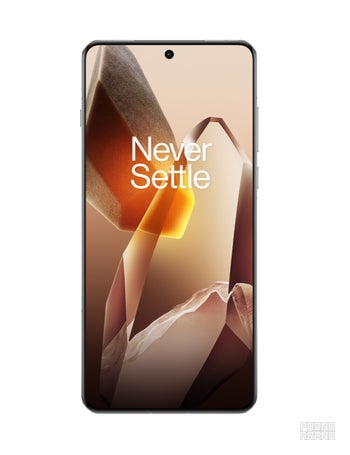
For many Indians, a motorcycle or scooter is not just a mode of transport but an essential part of daily life. Rising fuel efficiency, compact size, and convenience make two-wheelers the preferred choice for millions of buyers across the country. However, with prices increasing due to new regulations and technology, buying one outright is not always easy. This is where bike loans have become an important enabler, allowing customers to spread the cost into manageable monthly instalments.
Why a Bike Loan Makes Sense
The biggest advantage of a bike loan is accessibility. Instead of paying the full amount upfront, buyers can take their vehicle home by making a small down payment and then repay the balance over time. This ensures savings are not drained at once. Bike loans are also flexible in terms of tenure, often ranging from one year to five years, depending on the borrower’s repayment capacity.
Timely EMI payments can also help build a good credit history. For many first-time borrowers, a two-wheeler loan becomes their entry point into the credit system. In addition, banks, NBFCs, and even manufacturers regularly run festive offers that bring down the cost of borrowing through reduced interest rates or waived processing fees.
Eligibility and Documents
Most lenders keep the eligibility requirements simple. Applicants should generally be between 18 and 65 years of age, have a stable income, and be Indian residents. Salaried employees, self-employed individuals, and even small business owners can apply. A decent credit score improves approval chances and may also secure lower interest rates.
The paperwork is straightforward too. Customers need to provide proof of identity (Aadhaar, PAN, Passport or Voter ID), proof of address, income proof such as salary slips or bank statements, and a proforma invoice from the dealer for the chosen vehicle. Some lenders also offer pre-approved loans to existing customers with minimal documentation.
Loan Amount, Tenure and Interest Rates
Most bike loans cover a major portion of the on-road price of the two-wheeler. In select cases, lenders may even finance the entire amount. Tenure can be chosen anywhere between 12 and 60 months.
Interest rates vary widely depending on the lender, credit profile, and loan structure. While premium motorcycles might attract slightly higher rates, entry-level scooters often come with attractive schemes, especially during festive periods. Borrowers should carefully compare multiple offers before signing.
EMI and Other Charges
The EMI for a bike loan depends on the loan amount, interest rate, and tenure. Online EMI calculators make it easy to check monthly outflow in advance. Along with interest, borrowers must also account for processing fees. Some lenders may levy charges for prepayment or foreclosure of the loan, while late payment fees apply if EMIs are missed. Reading the fine print ensures there are no surprises later.
Types of Bike Loans
Customers can choose from a few broad categories:
1. New Bike Loan – for purchasing new motorcycles and scooters.
2. Used Bike Loan – offered for pre-owned vehicles, though usually at higher interest rates.
3. Zero Down Payment Bike Loan – covers 100% of the on-road price, though EMIs are heavier.
4. Manufacturer/Dealer Tie-ups – exclusive offers that come with faster processing and bundled benefits.
Pros and Cons
The main benefit of bike loans is immediate ownership without straining finances. They also give flexibility in repayment and help build credit history. On the downside, the overall cost of the bike becomes higher once interest is factored in. Defaulting on EMIs can also affect credit scores and lead to repossession of the vehicle.
Tips for Buyers
A few simple steps can help buyers get the best deal:
– Maintain a healthy credit score before applying.
– Compare banks and NBFCs for the lowest interest rates.
– Opt for a shorter tenure if possible, to save on interest.
– Look for festive schemes or manufacturer tie-ups that lower costs.
Bike Loan vs Personal Loan
Some buyers consider personal loans to finance their bikes. While this option is unsecured and doesn’t require hypothecation of the vehicle, interest rates on personal loans are usually higher than dedicated bike loans. Personal loans may also involve longer approval times.
Conclusion
With competitive financing options available across banks, NBFCs, and dealerships, owning a two-wheeler has become more convenient than ever. A bike loan helps buyers bring home their chosen motorcycle or scooter without exhausting savings, while flexible EMIs make repayment manageable.
Whether it is a first-time rider opting for an entry-level scooter or an enthusiast upgrading to a premium motorcycle, a bike loan can make the journey smoother. Buyers should, however, carefully evaluate interest rates, tenure, and hidden charges before finalising. With the right planning, financing a two-wheeler can be a smart decision that balances affordability with convenience.




